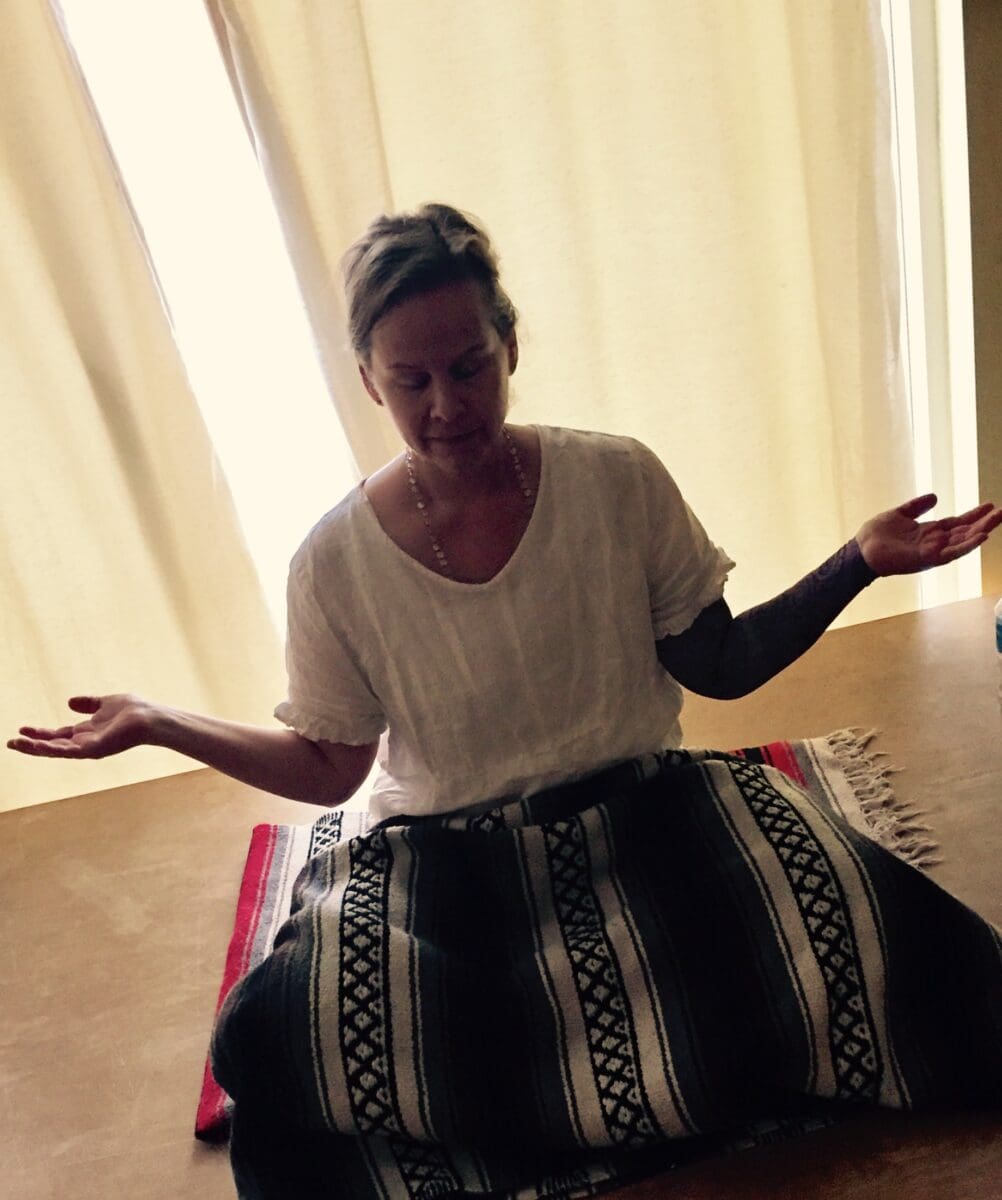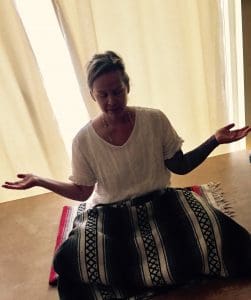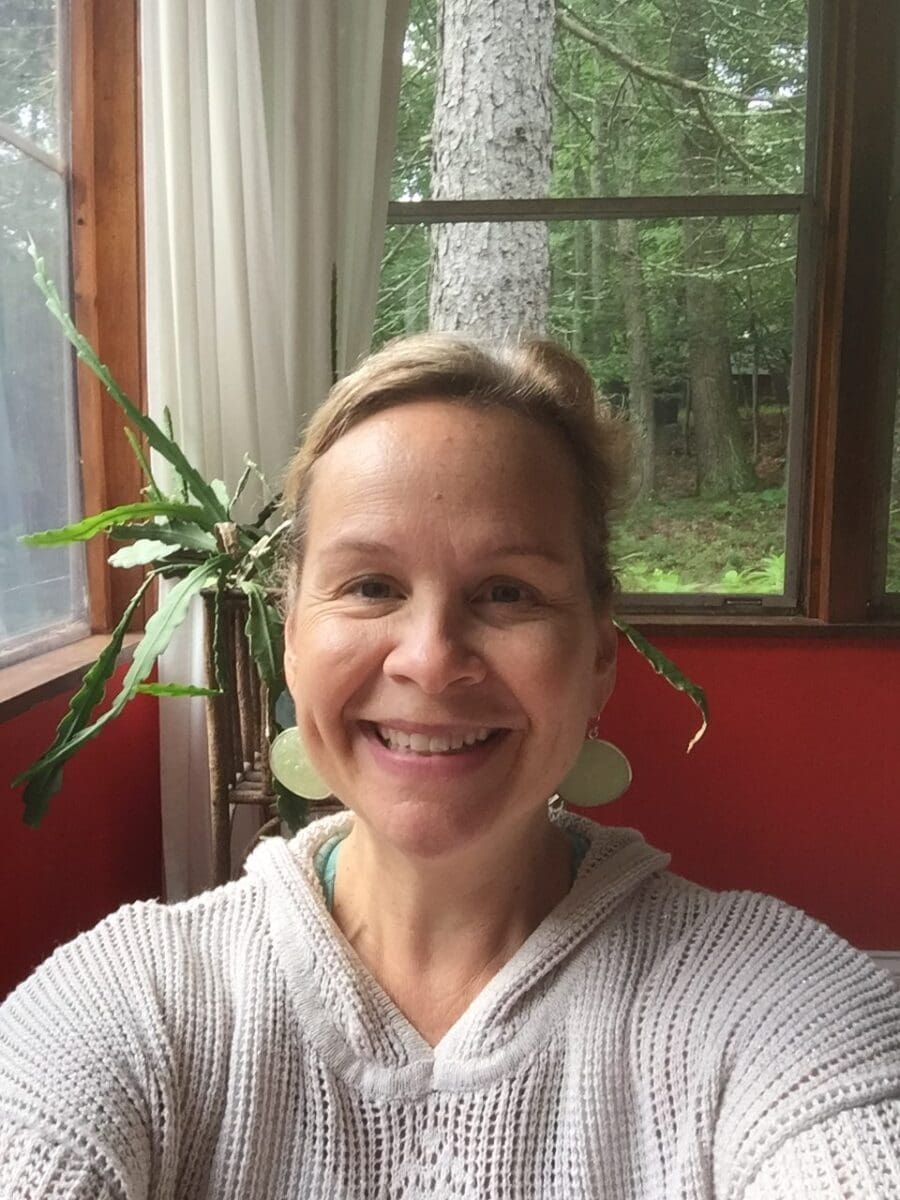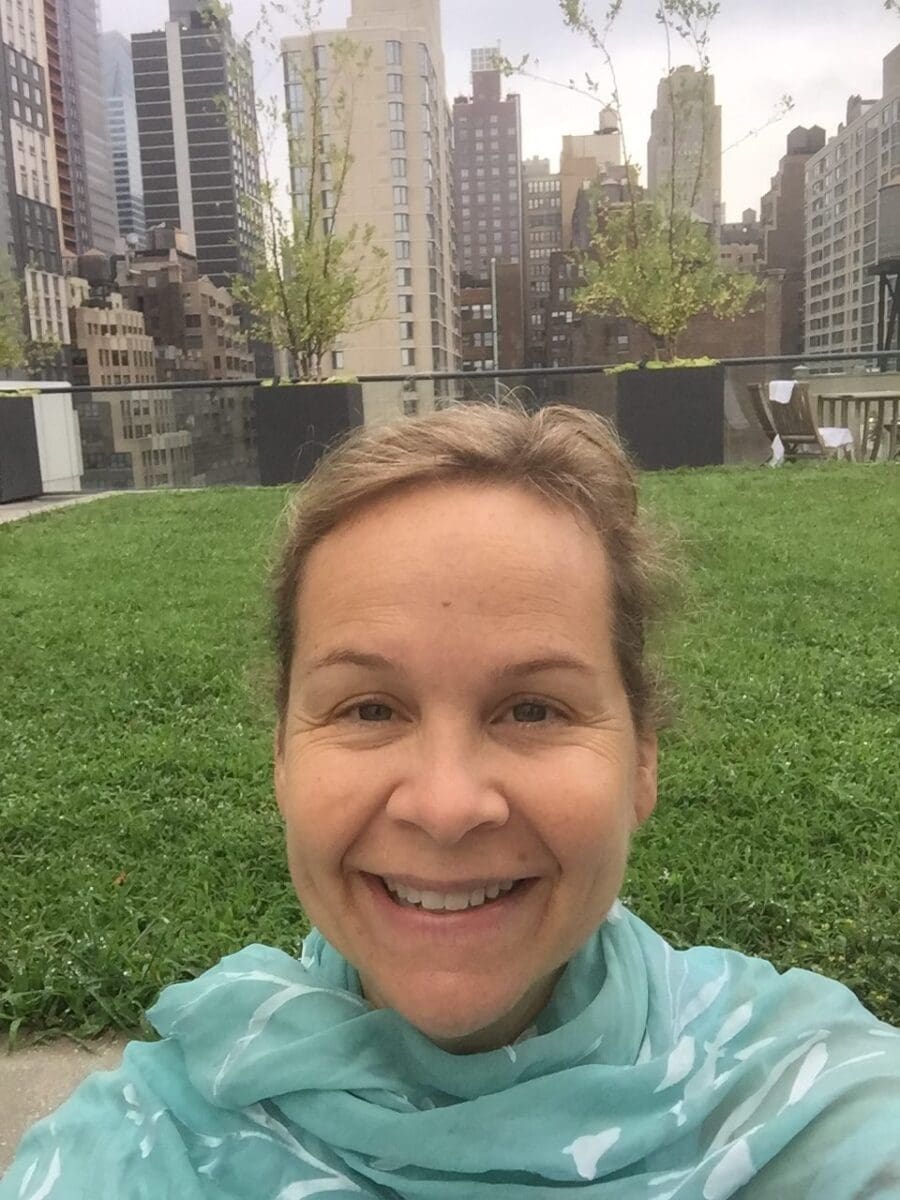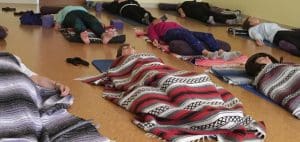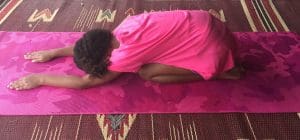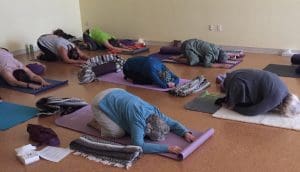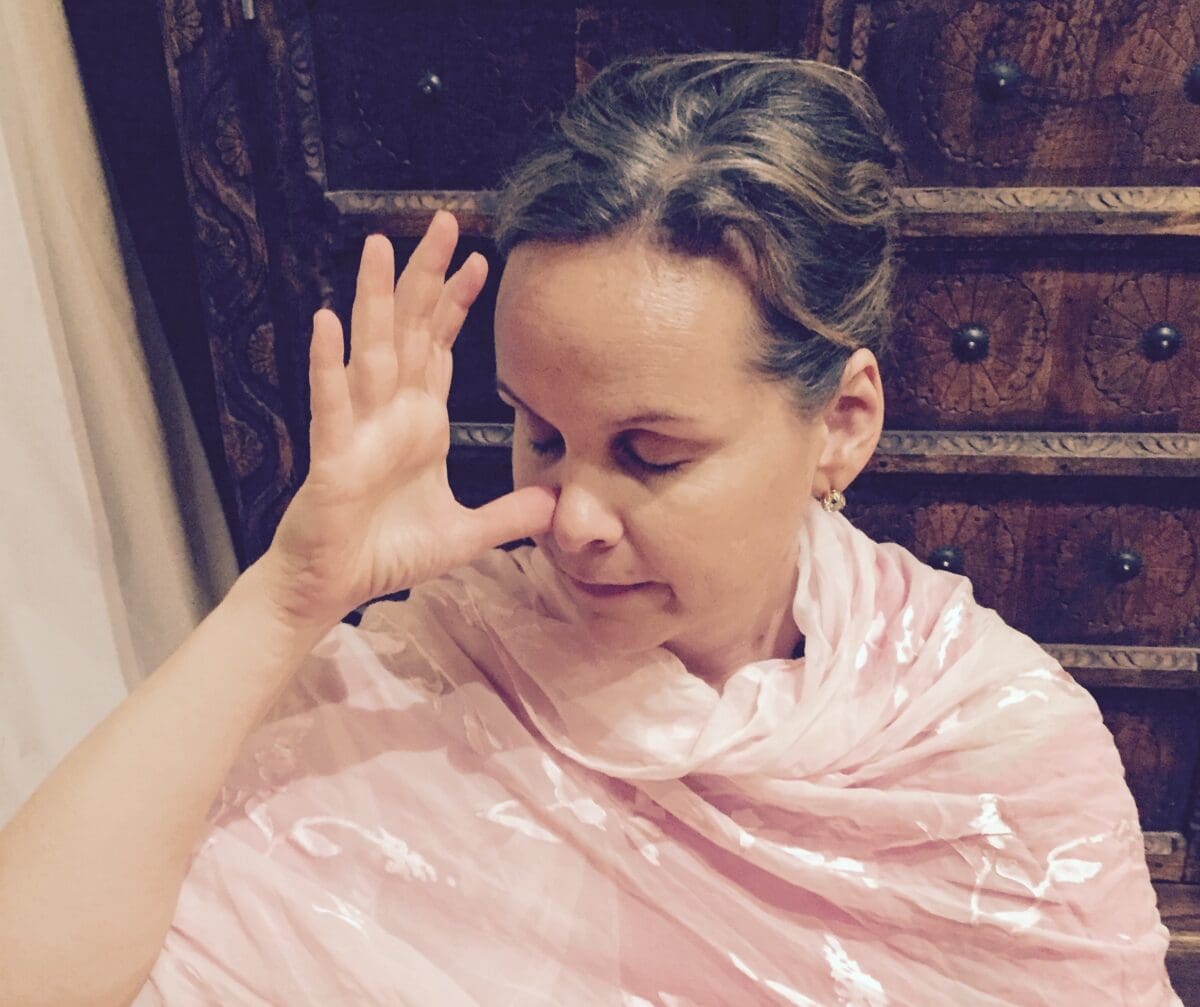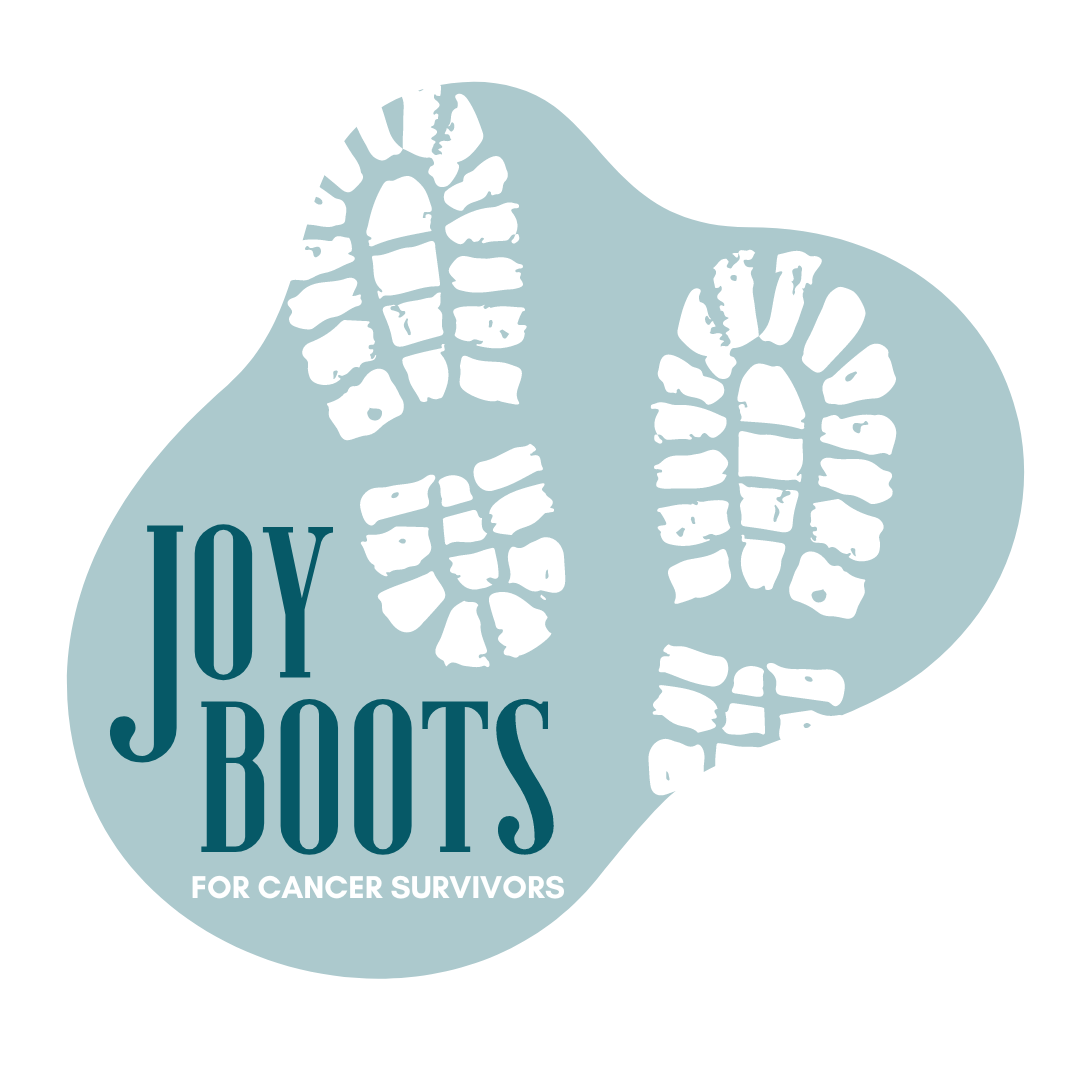
The days seemed endless, and Michele marked them off in her calendar like a prisoner records days of a long sentence on the wall. Six months of weekly chemo followed by 6 months of infusions every few weeks. In between, there was surgery and radiation. She resisted anything slowing down her progress. She focused on the day she was declared free of the cancer and free to get her life back.
At the end of active treatment, little things that used to annoy her, barely registered. She had more perspective about what is important: family, health, showing compassion for herself and others.
Michele survived emotionally with positive affirmations and faith, and by sheer grit: grinning and bearing it. To assuage the worry and fear of others, she often appeared cheerful, squelching pain, disappointment, grief and anger.
In the months following the end of treatment, she begins to feel easily irritated, fatigued and emotional. She has trouble containing her feelings, and they erupt in a flash of anger or tears at inopportune moments. She’s hard on herself for lacking gratitude. She worries her lack of positivity will bring the cancer back.
Michele is not alone! In my Yoga and Talk® Groups and Classes for Cancer Survivors, I see this phase of recovery often and I call it “the thaw.”
The thaw can occur anytime during or after treatment and is hard to predict.
The shock and emotional numbness that offered (unconscious) protection from the trauma begins to wear off, often unevenly. Sometimes, you feel positive and grateful, other times the future seems plagued with danger and endless fear of recurrence. Effort can feel meaningless, your feelings raw or simmering below the surface.
You know how when your foot falls asleep and then you try to walk and you have to take your time and it’s awkward and uncomfortable? The emotional thaw is similar in that you have to take your time and people may need to wait.
While it can be deeply unsettling, in my experience, it’s also a signal that you are ready for emotional healing.
As your heart thaws and you come to terms with the reality of what happened to you, give yourself as much permission as possible to rest and allow the sensations and feelings to emerge, be understood and healed.
Here are a few ways to be kind to yourself during the thaw:
- Know that tears are the body and mind’s way of cleansing. It’s a way of integrating your experience, so the thought and feeling are not separated inside you. If you need to cry, cry until the tears are gone for the moment. Don’t try to stop the tears. Stay with the feeling. It won’t last forever. Michele recently told me that she lets herself cry in the house, car, and shower. When the tears come, she welcomes them and tries to squeeze every last one out. Sometimes people cry in yoga class or in my groups and because they are in public, they try to turn it off and feel embarrassed. At least in my classes, I say bring it on – it’s a sign that you are cleansing and integrating.
- Find ways to discharge grief and anger physically, through exercise or art.
- Vent to a trusted friend or support group. Be willing to name what you are actually feeling and be heard. If someone can’t be there for you, don’t blame yourself. But look for others who can be present even when you are sad or angry.
- Seek out a therapist to help you piece together the cancer experience in the context of your life. Is there unresolved prior trauma that has been triggered and now needs healing as well? Do you need help sorting through complex relationships?
- If you can’t stop crying or raging, and I mean 24/7, not just allowing the tears to flow, or if you are not sleeping at all, PLEASE see a therapist or doctor. There is much support to be gained.
- Look for community where you can show up exactly as you are in this moment, transformed. Both the same and different from how you were before cancer.
- Get bodywork – massage, acupuncture, physical therapy, yoga. Your experience has been stored in your body and will benefit from gentle care.
It’s messy to thaw out and more than a little painful. But to gain vitality and wellness, the thaw is essential. Grief and anger must be felt, not stuffed inside or disowned, only to leak out or keep you numb. And you must be supported in this process-don’t isolate.
Deeper emotional healing, truer relationships, and re-connecting with the pulse of your life is on the other side.
Over the next 6 months, I’m going to focus on the Role of Emotions in Healing. I hope you will join the conversation by leaving me a comment on the website about your experience with the thaw and questions about feelings and cancer and how they relate.


